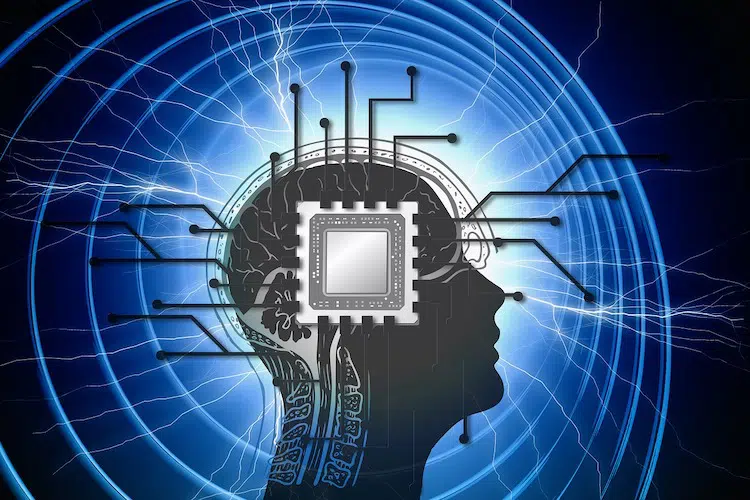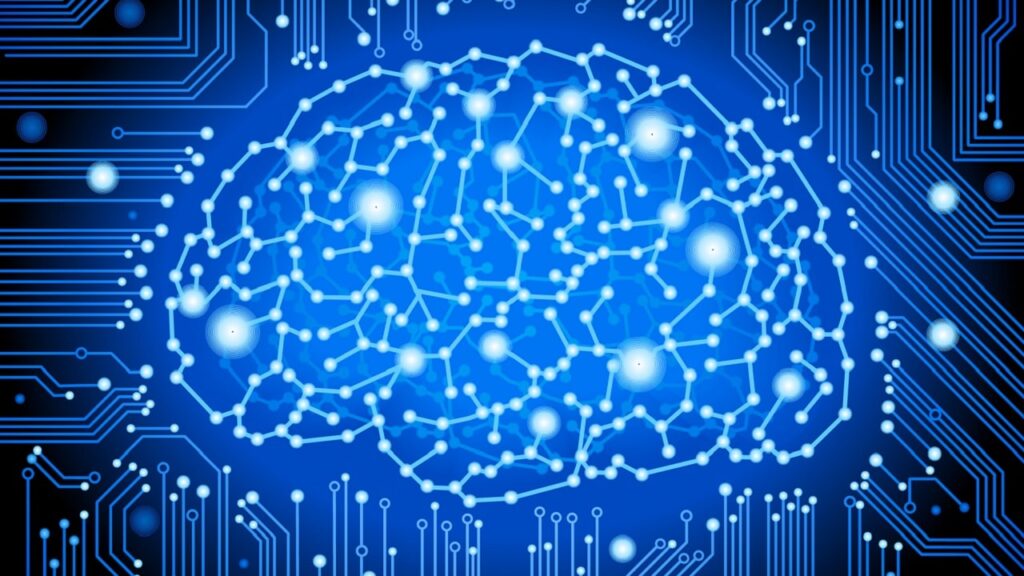A Australian woman received a neural implant that changed her life. The sensors warned of the risk of an imminent epileptic crisis, allowing her to live with greater autonomy and security. When she was told that had to take it off due to the company’s bankruptcy who had created it, she felt violated.
His case, for the moment, remains rare. But with different research groups working on how to implement chips in the brains of patients for different pathologies, this could soon change. And ethicists argue that the removal of brain implants could be a violation of human rights.
She had to have the neural implant removed that had changed her life
The issue of brain implants has sparked several discussions in recent years. Above all for the media attention received by Elon Musk’s statements with his Neuralink, who hopes one day will connect our brain to the web and artificial intelligence. And that he has recently received authorization for human experimentation.
But MIT’s Technology Review raises a much more imminent, if equally ethically complex, discussion. Rita Leggett, Austrian woman 62, when he was only three he received a diagnosis that made his life a constant uncertainty: chronic epilepsy.
Frederic Gilbert of the University of Tasmania, co-author of the study on the woman’s case with Marcellus Ienca from the Technical University of Munich, explains that: “She couldn’t go to the supermarket by herself, and she barely left the house”. The fear of having an epileptic seizure while she was driving or while she was alone terrified her. “She was devastating” explains the researcher.
A neural implant changes her life

Leggett had then voluntarily participated in an experimental clinical trial, and received his own neural implant thought to help people with epilepsy. A research group in Australia was testing the effectiveness of a device that warned people with epilepsy of oncoming seizures. Participants in the trial were implanted with qfour electrodes to record their brain activity. These then sent the data to a device equipped with an algorithm capable of recognizing the signals that anticipate an epileptic seizure.
A handheld device indicated the likelihood of having a seizure in the next few minutes or hours: a red light meant an imminent attack, while a blue light meant that an attack was very unlikely, for example. Leggett had received the device in 2010, when he was 49 years old. And she changed her life.
“I felt like I could do it all. I could drive, I could see people, I was able to make good decisions.” So much so that the woman saw the device as a part of herself: “We were surgically introduced and we bonded right away. With the help of science and technicians, we have become one”.
The bankruptcy of the company and the separation
Gilbert and Ienca in their study define the symbiotic relationship, i.e. a relationship in which both parties benefit. In this case, the woman took advantage of the che algorithm it allowed her to anticipate her crises. The algorithm, for its part, used the recordings of the woman’s brain activity to improve its accuracy.
But the relationship was broken. In 2013, NeuroVista, the company that had created the device, was in a financial crisis. Trial participants were asked to remove their implants. Leggett was shocked. She tried to keep the implant. “[Leggett e suo marito] they tried to deal with the company,” says Gilbert. “They were willing to mortgage their house, she wanted to buy it.” In the end, she was the last person to have his implant removed, against his will.
“I wish I still had it,” Leggett confided to Gilbert. “I would have done anything to have it.”

“The forced removal of the [dispositivo]… erased the new identity he had acquired thanks to technology,” wrote Ienca and his colleagues. “The company has created a new person…but as soon as the device was removed, that person was deleted.”
“They took away that part of me that I could count on,” Leggett says.
Brain implants and human rights
Leggett is not alone in having experienced this sense of loss. Ian Brurkhart had an experimental implant that allowed him to regain mobility in his hands after a spinal injury. “I knew the device would be removed at the end of the trial. I would say that I have lost a part of me, in some respects”. Though Brurkhart was only able to use the device in the lab, he suffered the psychological blow when scientists removed it for an infection.
According to Ienca, removing a neural implant against the patient’s will could be considered an infringement of human rightsas the EU Charter of Fundamental Rights recognizes the right to mental integrity. However, this concept can have different interpretations. Most legal systems understand it as a right to receive mental health care rather than as specific guarantees against damagessoistene Ienca.
Ienca is part of the ethics and law researchers who deal with of the importance of “neuro rights”, the human rights subgroup that concerns the preservation of the human brain and mind. Some are currently investigating whether i neurological rights can be integrated into existing human rights or if new norms need to be created.
No doubt, protecting these rights will require structural changes. For example, companies should have insurance covering the maintenance of the devices. Or set aside funds in case of bankruptcy or unexpected end of clinical trials. But a change is urgently needed: There are currently over 150 studies on brain implants and over 30 people have a chip in their brain.
Source
MIT Technology Review















Leave a Reply
View Comments